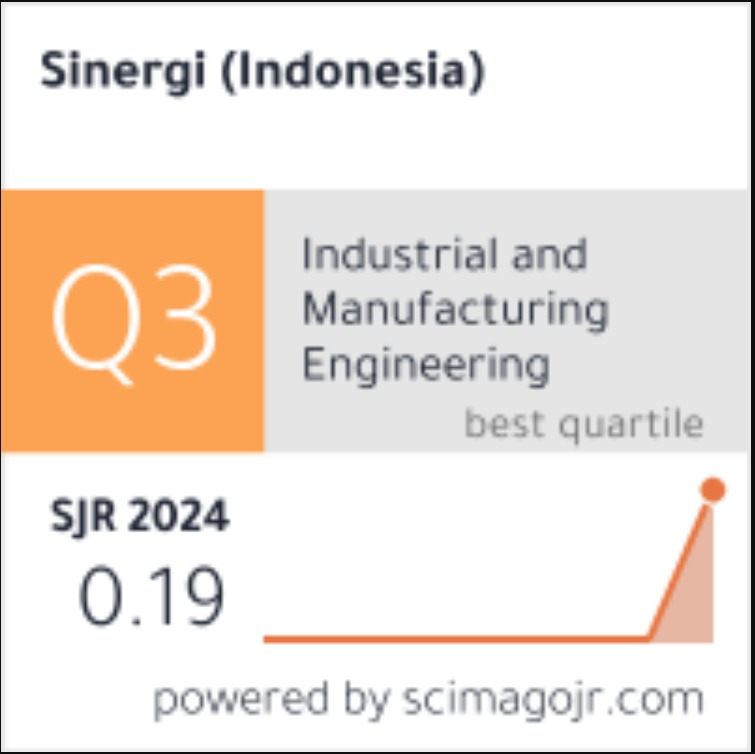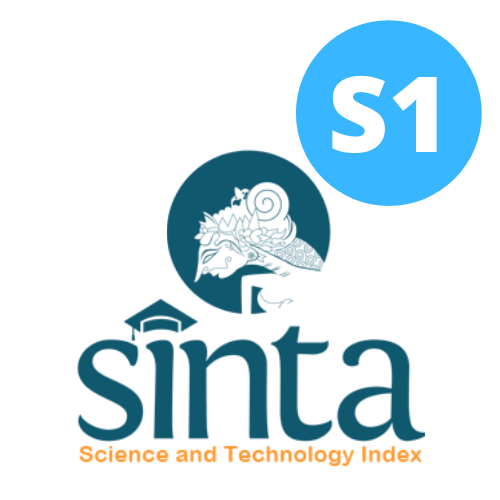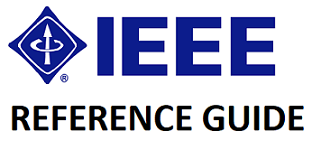Preference technique: deceptive visual representations in the digital realm
Abstract
In the digital era, architectural designs can be quickly visualized. However, the material abstraction from digital visualization tools may reduce immersion and make it hard to recognize design intention. This paper discusses how architectural students acknowledge the design representation despite various ways of visualization. Material is key to visualizing architecture by adding realism, depth, and texture. People create mental concepts of material beyond words. Thus, design representations can have positive or negative impacts depending on how effectively the idea is delivered to the audience. This study uses a quantitative method to investigate the extent to which the preference technique of students represents the design’s idea. The study's main objective is to identify the criteria for representation that effectively convey the designer's intentions while minimizing visual deception. The analyzed data is classified into three archetypes consisting of (1) the student’s previous knowledge about representation, (2) the intention of design representation, and (3) mass and material in representation. The result shows no strict correlation between previous knowledge and the preferred idea representation technique. Yet, the result indicates a correlation between previous knowledge and techniques used to represent material. The photorealism technique is preferable in representing the clarity of material in representation. Photorealism has advantages in showing the quality of shade in the material. On the other hand, respondents tend to choose to use sketches to show information about scale and mass. The research comprehensively explains this phenomenon in the context of positive theory, particularly in design communication and representation.
Keywords
Full Text:
PDFDOI: http://dx.doi.org/10.22441/sinergi.2024.3.017
Refbacks
- There are currently no refbacks.
SINERGI
Published by:
Fakultas Teknik Universitas Mercu Buana
Jl. Raya Meruya Selatan, Kembangan, Jakarta 11650
Tlp./Fax: +62215871335
p-ISSN: 1410-2331
e-ISSN: 2460-1217
Journal URL: http://publikasi.mercubuana.ac.id/index.php/sinergi
Journal DOI: 10.22441/sinergi
Journal by SINERGI is licensed under a Creative Commons Attribution-ShareAlike 4.0 International License
The Journal is Indexed and Journal List Title by:














